Hotels are designed to take a beating: Everything that goes into them, from building materials to bedding, has to be not only exceedingly comfortable but resilient. What looks great day after day—and even gets better over time?
For advice, we turned to hotelier Ray Pirkle, a hospitality pro and aesthete who earned his creds working for Ian Schrager and Amy Sacco, among others. Ray is currently co-owner of Hudson, New York’s Rivertown Lodge, a former movie house that he transformed with Workstead design into lodgings that are as fresh looking as they are cozy—see A Hotel with a Sense of Place. And recently, Ray opened Camptown: A High-Style Cabin Retreat in the Catskills. Here are Ray’s tips for hard-wearing interior materials.
Photography by Matthew Williams, unless noted.
1. Iron accents

2. Wool upholstery

3. Matte wood floors

4. Vegetable-tanned leather

5. Waxed canvas

6. Satin-finish paint
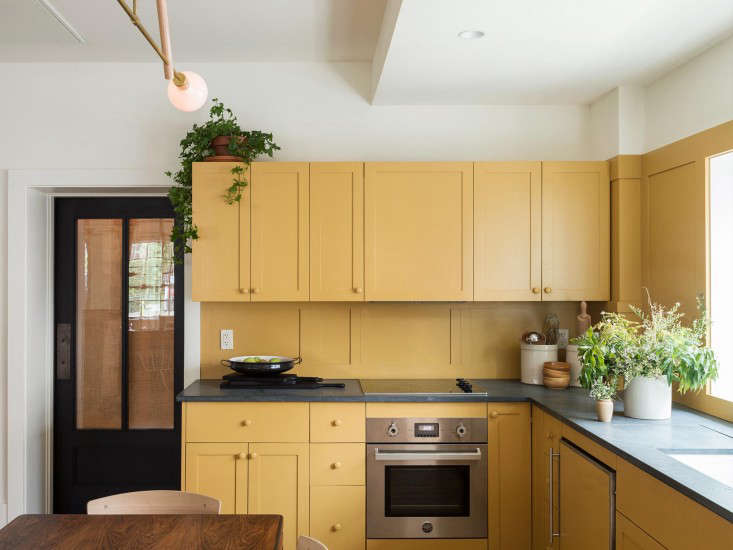
Of course, Ray also has favorite tabletop items: Duralex glasses (“good-looking, inexpensive, and virtually unbreakable”); enamelware mugs (“light and unbreakable; we use these as water glasses in the rooms”); vintage flatware, especially hotel silverplate (“it’s heavier than standard”); and denim napkins (“they get better in the wash”). He buys the latter in 100-percent American cotton denim from Small Gunns and is in the process of sourcing yardage so the hotel can make its own.
7. Egyptian cotton sheets

8. Raw brass fixtures and wood doorknobs

Note the wood doorknob: Ray tracked it down in the UK and ordered in bulk. Finished with Monocoat wood oil, they too, develop nice signs of wear and feel good to the touch.
9. Wicker

We have lots of Expert Advice to share. For a sampling, take a look at:
- 11 Money-Saving Strategies from a Hollywood House Flipper
- Sebastian Conran’s Advice on Designing a Small Kitchen
- Linen Logic: Insider Tips for Taking Care of Your Bedding
N.B.: This story originally ran on February 10, 2017, and has been updated with new information.
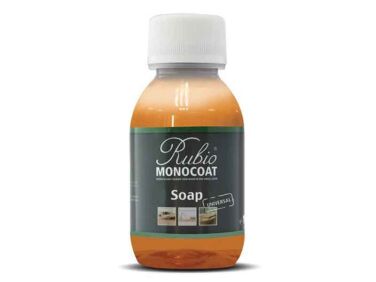
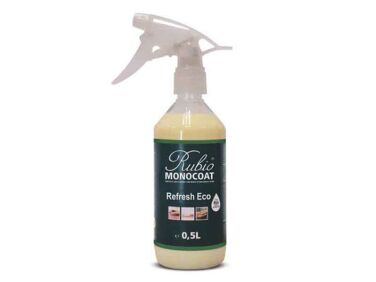
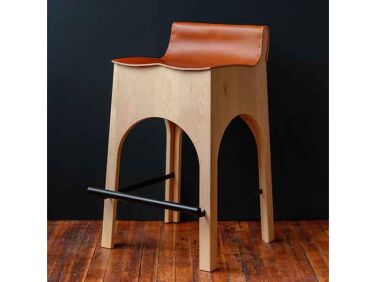
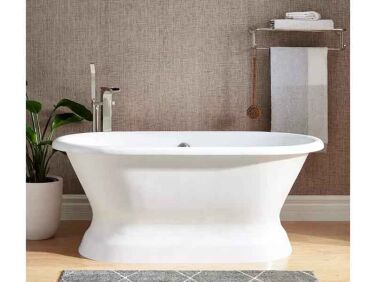

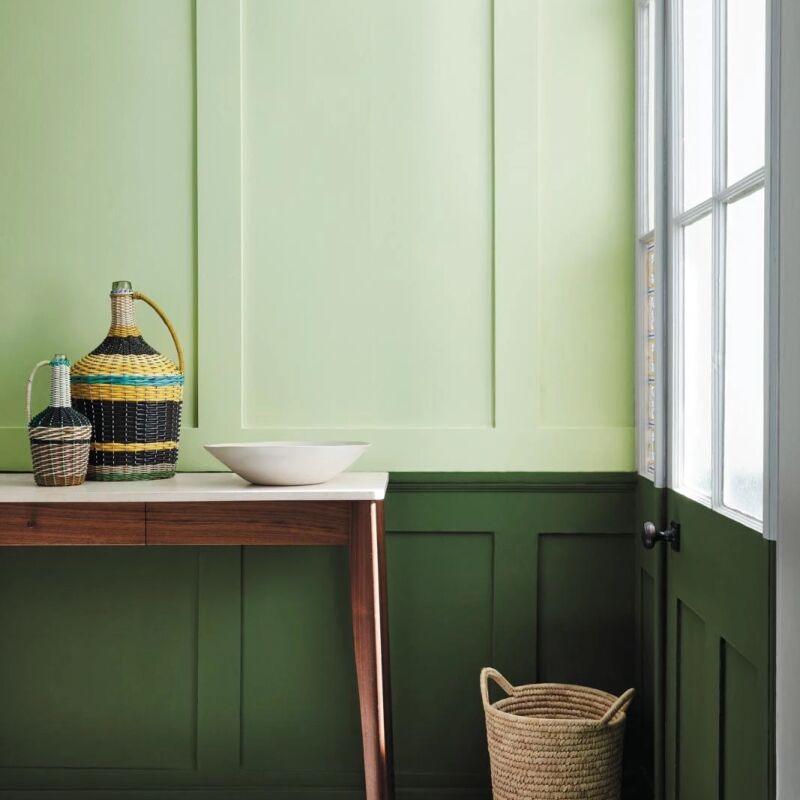
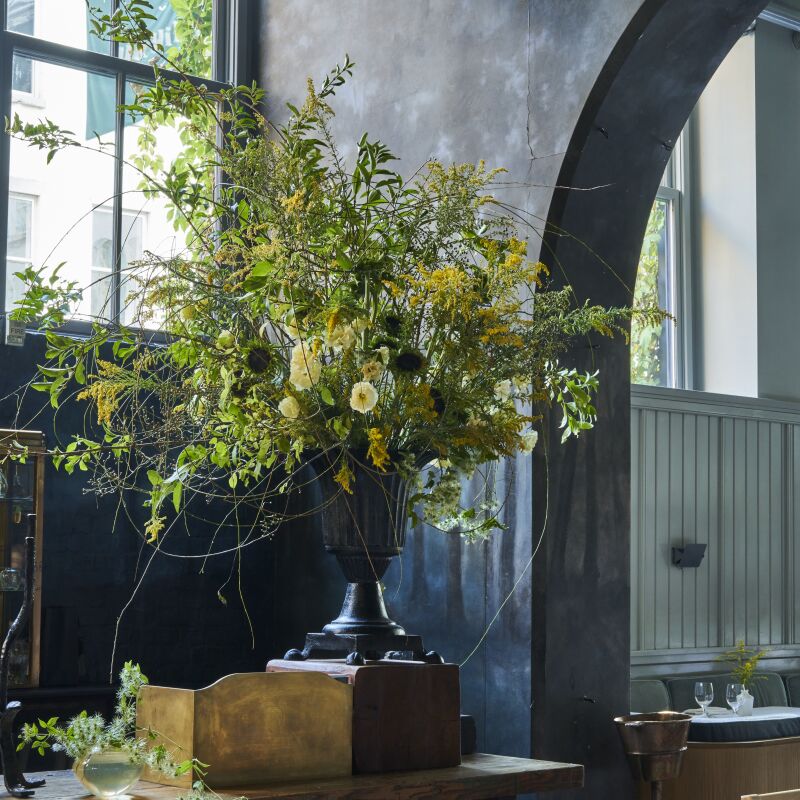

Have a Question or Comment About This Post?
Join the conversation (7)